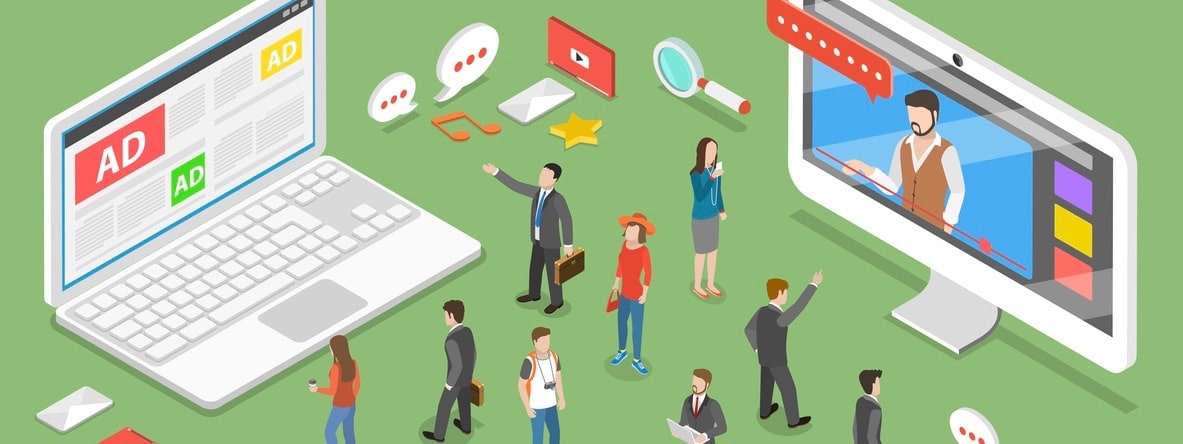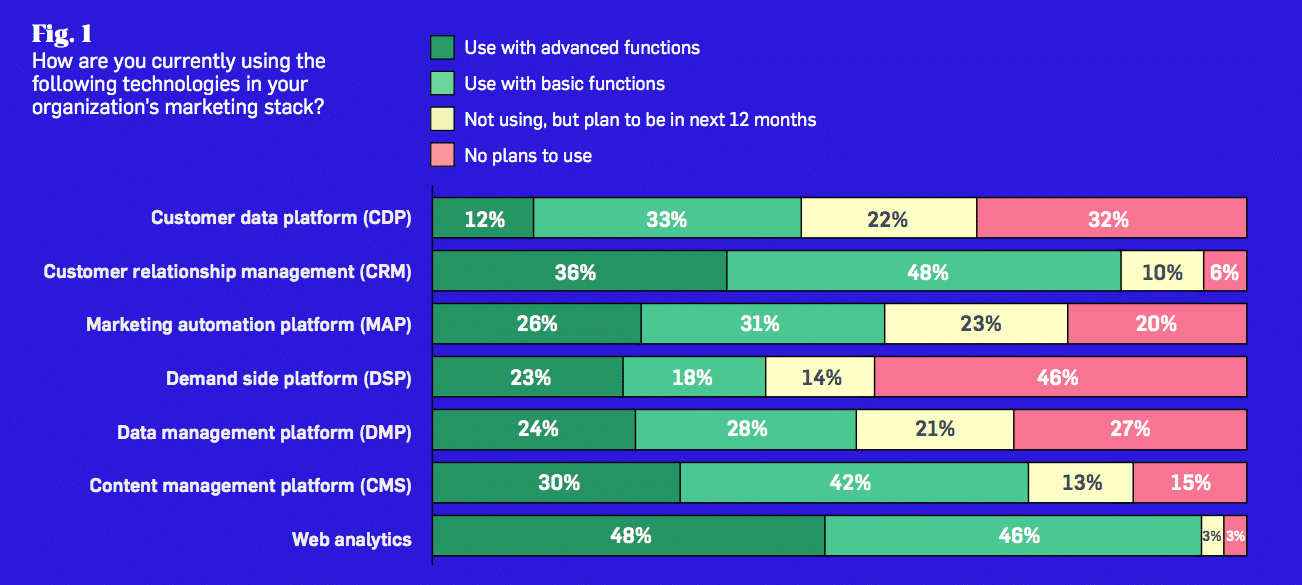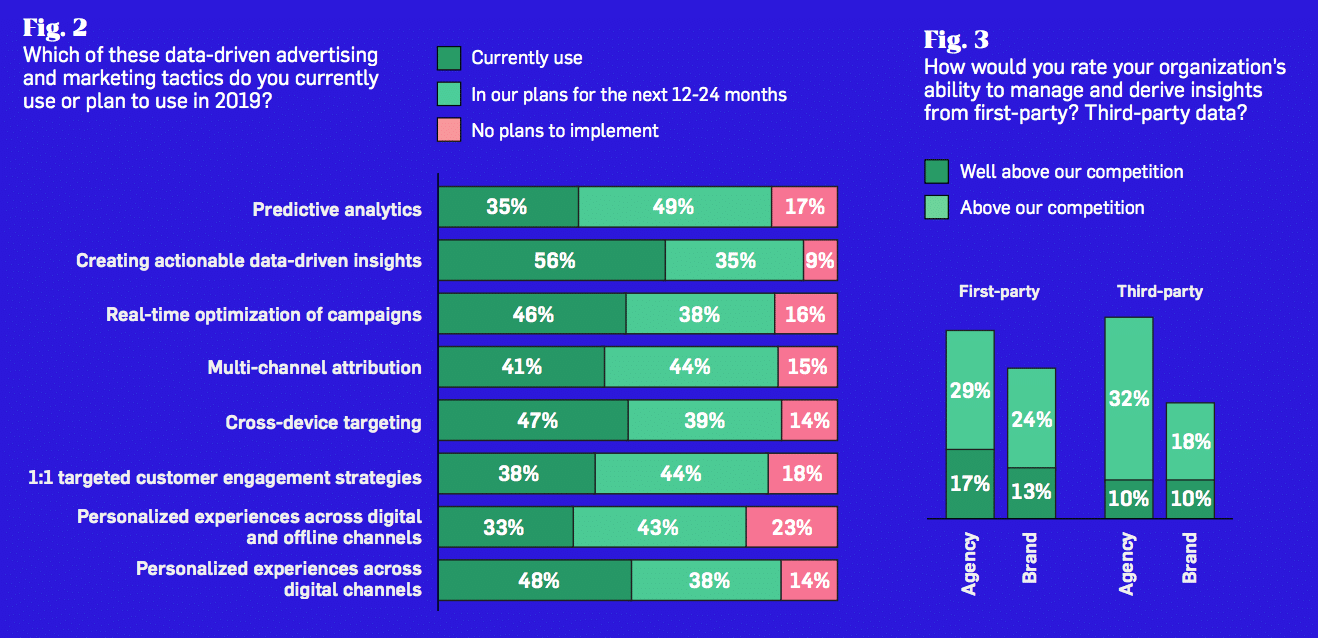New research from commercial data and analytics firm Dun & Bradstreet shows growing spend on programmatic ad buying and a continued dependence on data in the programmatic space—and also highlights key differences in the maturity of agencies versus brands when buying ads programmatically.
The 2019 Data-Driven Marketing and Advertising Outlook confirms that, though the number of marketers and agencies using programmatic has hit a plateau, programmatic spending continues to rise among those users. Sixty-one percent of respondents said they plan to increase their programmatic spending in the next year, with 20 percent saying they will be increasing it by more than 25 percent.
“While buying media programmatically has become the norm, B2B companies are still struggling with how to accurately target, measure and optimize those ads across platforms and channels,” said Anudit Vikram, SVP of audience solutions for Dun & Bradstreet, in a news release. “As spending continues to rise, companies will have to find ways to better orchestrate data across the organization to maximize programmatic success.”
Top challenges for both agencies and brands continue to be targeting, measurement and metrics, and lack of knowledge/skills related to programmatic
While their concerns are similar, brand marketers are much more challenged by targeting, with 49 percent of brands citing targeting as a challenge compared to 32 percent of agencies. Brands are also more challenged by a lack of in-house programmatic skills, with 37 percent of brands citing the skill gap as a challenge versus 27 percent of agencies.
B2B agencies also appear to be ahead of their brand counterparts in most data-driven tactics, indicating that brands may be relying on their agencies to execute much of their data-driven marketing. For instance, 58 percent of agencies say they’re currently doing real-time campaign optimization, compared to 39 percent of brands. For cross-device targeting, the spread is higher: 63 percent for agencies, 36 percent for brands. And when it comes to using predictive analytics, 42 percent of agencies currently use the tactic while just 28 percent of brand marketers do.
“Whether you are a brand or an agency, efficiency in executing campaigns is intimately dependent on understanding and activating data and generating actionable insights to power your marketing strategies,” said Vikram.
Download the full report here.
The information in this report is based on the results of a global survey of B2B marketers and their agencies conducted by Adweek Branded on behalf of Dun & Bradstreet in September 2018. All 237 respondents were involved in B2B marketing and had a job title of manager or above.










